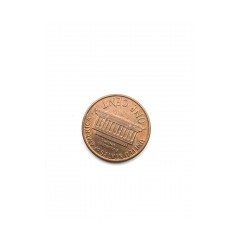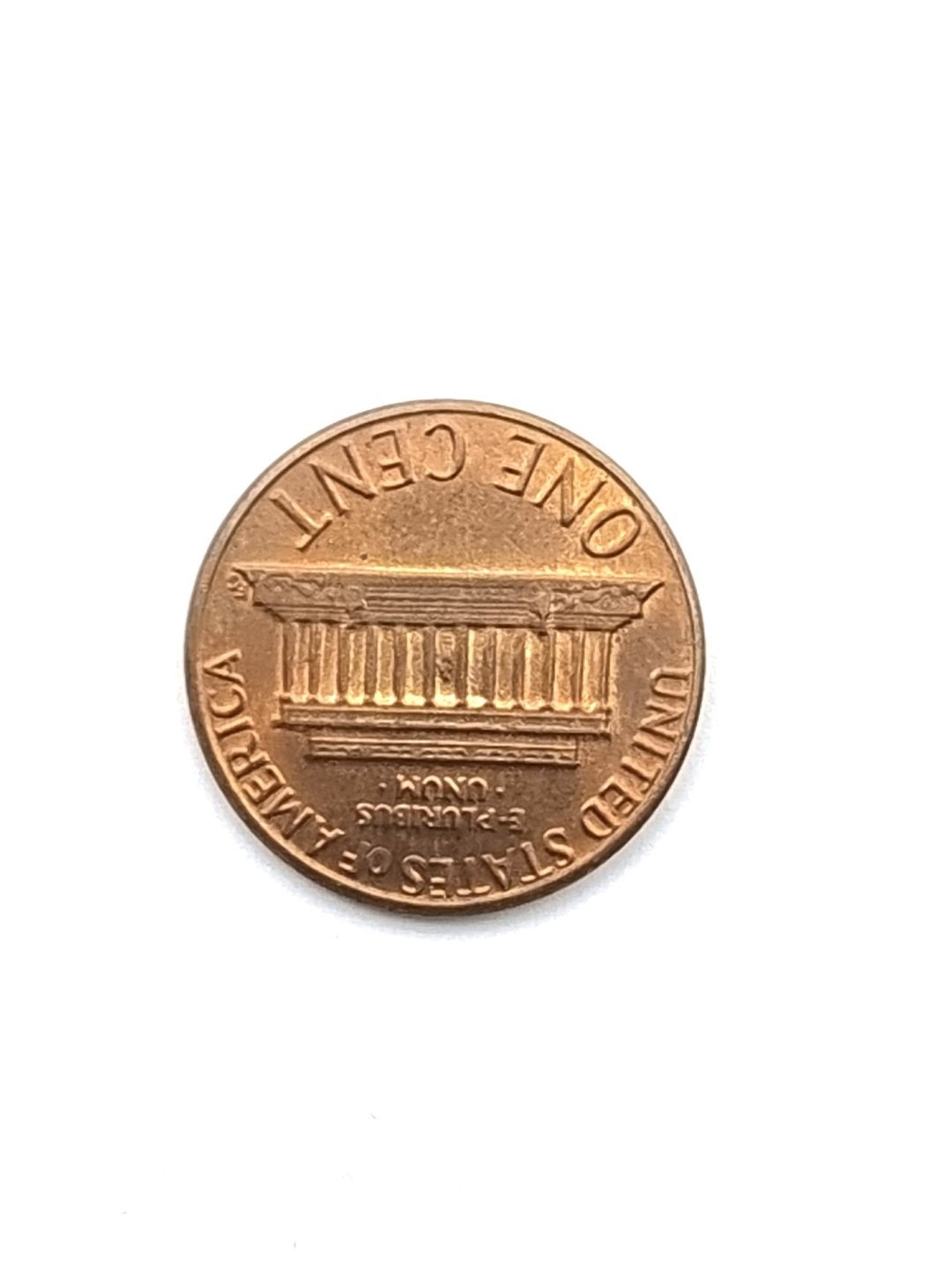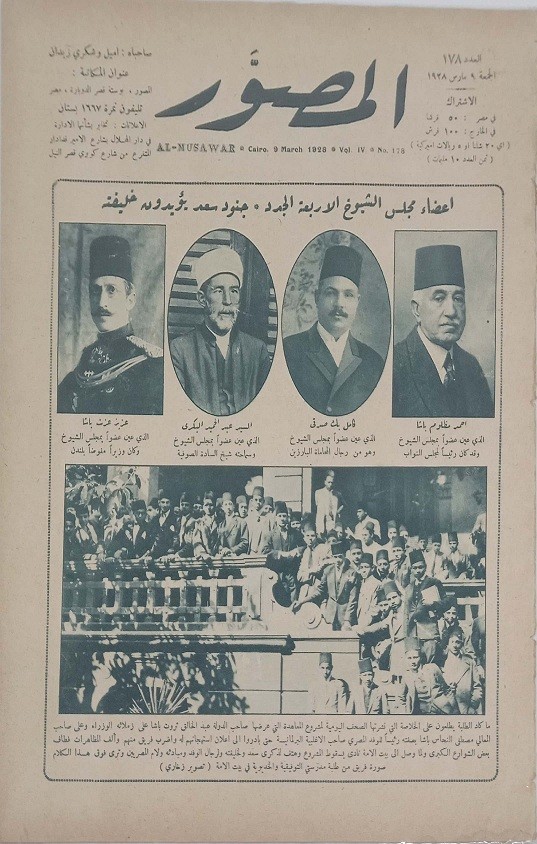Muhammad Ali Pasha al-Mas'ud ibn Agha was an Ottoman Albanian commander in the Ottoman army who rose to the rank of Pasha, and became Wāli, and self-declared Khedive of Egypt and Sudan with the Ottomans' temporary approval. Though not a modern nationalist, he is regarded as the founder of modern Egypt because of the dramatic reforms in the military, economic and cultural spheres that he instituted. He also ruled Levantine territories outside Egypt. The dynasty that he established would rule Lower Egypt, Upper Egypt and Sudan until the Egyptian Revolution of 1952 led by Muhammad Naguib and Gamal Abdel Nasser.
Early life
Muhammad Ali was born in Kavala, in Macedonia, of an Albanian family originally from Korçë, Albania He was the second son of a tobacco and shipping merchant named Ibrahim Agha, who also served as an Ottoman commander of a small unit in Kavala His mother was Zeynep, the daughter of the "Ayan of Kavala" Çorbaci Husain Agha. When his father died at a young age Muhammad was taken and raised by his uncle with his cousins. As a reward for Muhammad Ali's hard work, his uncle gave him the rank of "Bolukbashi" for the collection of taxes in the town of Kavala
After Muhammad's promising success in collecting taxes, he gained Second Commander rank under his cousin Sarechesme Halil Agha in the Kavala Volunteer Contingent of Albanian mercenaries that was sent to re-occupy Egypt following General Napoleon Bonaparte's withdrawal He later married Ali Agha's daughter, Emine Nosratli, a wealthy widow. In 1801, his unit was sent, as part of a much larger Ottoman force, to re-occupy Egypt following a brief French occupation that threatened the way of life in Egypt. The expedition landed at Aboukir in the spring of 1801. One of his trusted army commanders was Miralay Mustafa Bey, who had married Muhammad's sister Zubayda and was the Ancestor of the Yakan family
Reinventing Egypt
Sultan Selim III (reigned 1789–1807) had recognized the need to reform and modernize the Ottoman Empire specifically the military along European lines to ensure that his state could compete. Selim III, however, faced stiff local opposition from an entrenched clergy and military apparatus especially from the Janissaries the Ottoman infantry formed from the devshirme system . Consequently Selim III was deposed and ultimately killed in 1808. Muhammad Ali, too, recognized the need to modernize, and unlike Selim, he had dispatched his chief rivals, giving him a free hand to attempt reforms similar to those first begun by Selim III
Muhammad Ali's goal was for Egypt to leave the Ottoman Empire and be ruled by his own hereditary dynasty To do that, he had to reorganize Egyptian society, streamline the economy train a professional bureaucracy and build a modern military
His first task was to secure a revenue stream for Egypt. To accomplish this, Muhammad Ali 'nationalized' all the iltyn mmiizam lands of Egypt, thereby officially owning all the production of the land. He accomplished the state annexation of property by raising taxes on the 'tax-farmers' who had previously owned the land throughout Egypt. The new taxes were intentionally high and when the tax-farmers could not extract the demanded payments from the peasants who worked the land, Muhammad Ali confiscated their properties The other major source of revenue Muhammad Ali created was a new tax on waqf endowments, which were previously tax-free. Through these endowments, personal income could be set aside for schools or other charitable purposes. As well as raising revenue to fund his new military, this tax took revenue away from the local elite, Mamluks and the ulama, weakening opposition to Muhammad Ali's reforms
In practice, Muhammad Ali's land reform amounted to a monopoly on trade in Egypt. He required all producers to sell their goods to the state The state in turn resold Egyptian goods within Egypt and to foreign markets, and retained the surplus. The practice proved very profitable for Egypt with the cultivation of long staple cotton, a new cash crop To help improve production, he expanded the land used for agriculture and overhauled the irrigation system, largely completed by the corvée, or forced peasant labor. The new-found profits also extended down to the individual farmers, as the average wage increased fourfold
In addition to bolstering the agricultural sector, Muhammad Ali built an industrial base for Egypt His motivation for doing so was primarily an effort to build a modern military Consequently he focused on weapons production. Factories based in Cairo produced muskets and cannons. With a shipyard he built in Alexandria he began construction of a navy By the end of the 1830s Egypt’s war industries had constructed nine 100-gun warships and were turning out 1,600 muskets a month
However, the industrial innovations were not limited to weapons production. Muhammad Ali established a textile industry in an effort to compete with European industries and produce greater revenues for Egypt While the textile industry was not successful, the entire endeavour employed tens of thousands of Egyptians Additionally, by hiring European managers, he was able to introduce industrial training to the Egyptian population. To staff his new industries, Muhammad Ali employed a corvée labor system. The peasantry objected to these conscriptions and many ran away from their villages to avoid being taken sometimes fleeing as far away as Syria A number of them maimed themselves so as to be unsuitable for combat: common ways of self-maiming were blinding an eye with rat poison and cutting off a finger of the right hand, so as to be unable to fire a rifle
Beyond building a functioning industrial economy Muhammad Ali also made an effort to train a professional military and bureaucracy He sent promising citizens to Europe to study. Again the driving impulse behind the effort was to build a European-style army. Students were sent to study European languages primarily French so they could in turn translate military manuals into Arabic He then used both educated Egyptians and imported European experts to establish schools and hospitals in Egypt. The European education also provided talented Egyptians with a means of social mobility
A by-product of Muhammad Ali's training program was the establishment of a professional bureaucracy. Establishing an efficient central bureaucracy was an essential prerequisite for the success of Muhammad Ali's other reforms. In the process of destroying the Mamluks the Wāli had to fill the governmental roles that the Mamluks had previously filled. In doing so, Muhammad Ali kept all central authority for himself. He partitioned Egypt into ten provinces responsible for collecting taxes and maintaining order Muhammad Ali installed his sons in most key positions however his reforms did offer Egyptians opportunities beyond agriculture and industry
A 2015 study found that Ali's economic policies had a positive impact on industrialization in Egypt
Law under Muhammad Ali
The purpose of the law was to represent Muhammad Ali in his absence Muhammad Ali started his renovations in law by moving towards a more effective control over crime within Egypt. Most notably he did this by passing his first penal legislation in 1829 in an effort to get a stronger hold over the population. By this time, Muhammad Ali was already moving towards an establishment of an independent state, which he first express in 1830, by creating a state of "law and order", where Christians within Egypt can be safe, was a way Muhammad was able to pull influence from Europe He started gradually renovating more of the government for him to hold more sway over it rather than the sultan. He implemented a police force, mostly well known within Cairo and Alexandria that functioned not just as a form of authority over the law, but also as a form of a public prosecutor's office. Renovation of evidence used within the courts that previously would not be used started to be part of the system the biggest one being autopsy reports becoming an important asset among investigations and trials alike. With the use of non Shari'a evidence allowed the process of law to work around the strict Shari'a rule of evidence, which restricted the use of certain forms of evidence Autopsy became an important form of evidence used within criminal law in Egypt, even being used after Muhammad's reign amongst his successors in the 1850s
Final years
After 1843 fast on the heels of the Syrian debacle and the treaty of Balta Liman which forced the Egyptian government to tear down its import barriers and to give up its monopolies Muhammad Ali's mind became increasingly clouded and tended towards paranoia. Whether it was genuine senility or the effects of the silver nitrate he had been given years before to treat an attack of dysentery remains a subject of debate
In 1844 the tax receipts were in, and Sherif Pasha, the head of the diwan al-maliyya (financial ministry), was too fearful for his life to tell the Wāli the news that Egyptian debt now stood at 80 million francs (£2,400,000). Tax arrears came to 14,081,500 piastres out of a total estimated tax of 75,227,500 pts Timidly he approached Ibrahim Pasha with these facts, and together came up with a report and a plan Anticipating his father's initial reaction, İbrahim arranged for Muhammad Ali's favourite daughter to break the news. It did little if any good The resulting rage was far beyond what any had been expected and it took six full days for a tenuous peace to take hold
A year later while Ibrahim, progressively crippled by rheumatic pains and tuberculosis he was beginning to cough up blood was sent to Italy to take the waters Muhammad Ali in 1846 travelled to Constantinople There he approached the Sultan expressed his fears and made his peace explaining: "[My son] Ibrahim is old and sick [my grandson] Abbas is indolent (happa), and then children will rule Egypt. How will they keep Egypt After he secured hereditary rule for his family, the Wali ruled until 1848, when senility made further governance by him impossible
It soon came to the point where his son and heir, the mortally ailing Ibrahim, had no choice but to travel to Constantinople and request that the Sultan recognize him ruler of Egypt and Sudan even though his father was still alive. However, on the ship returning home, Ibrahim, gripped by fever and guilt, succumbed to seizures and hallucinations. He survived the journey but within six months was dead. He was succeeded by his nephew (Tosun's son) Abbas I
By this time Muhammad Ali had become so ill and senile that he was not informed of his son's death. Lingering a few months more, Muhammad Ali died at Ras el-Tin Palace in Alexandria on 2 August 1849, and ultimately was buried in the imposing mosque he had commissioned in the Cairo Citadel.
But the immediate reaction to his death was noticeably low key, thanks in no small part to the contempt the new wāli Abbas Pasha had always felt towards his grandfather
Eye-witness British consul John Murray wrote
... the ceremonial of the funeral was a most meagre, miserable affair; the [diplomatic] Consular was not invited to attend, and neither the shops nor the Public offices were closed – in short, a general impression prevails that Abbas Pasha has shown a culpable lack of respect for the memory of his illustrious grandfather, in allowing his obsequies to be conducted in so paltry a manner, and in neglecting to attend them in person.
...[the] attachment and veneration of all classes in Egypt for the name of Muhammad Ali are prouder obsequies than any of which it was in power of his successor to confer. The old inhabitants remember and talk of the chaos and anarchy from which he rescued this country; the younger compare his energetic rule with the capricious, vacillating government of his successor; all classes whether Turk, or Arab, not only feel, but do not hesitate to say openly that the prosperity of Egypt has died with Muhammad Ali...In truth my Lord, it cannot be denied, that Muhammad Ali, notwithstanding all his faults was a great man





